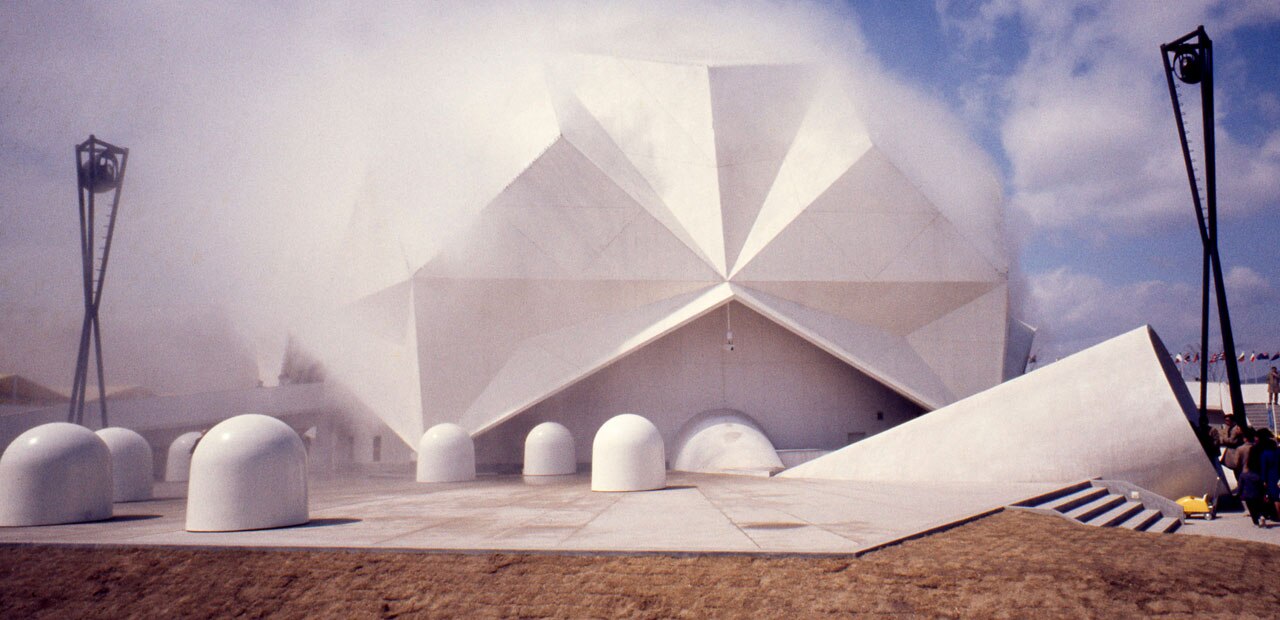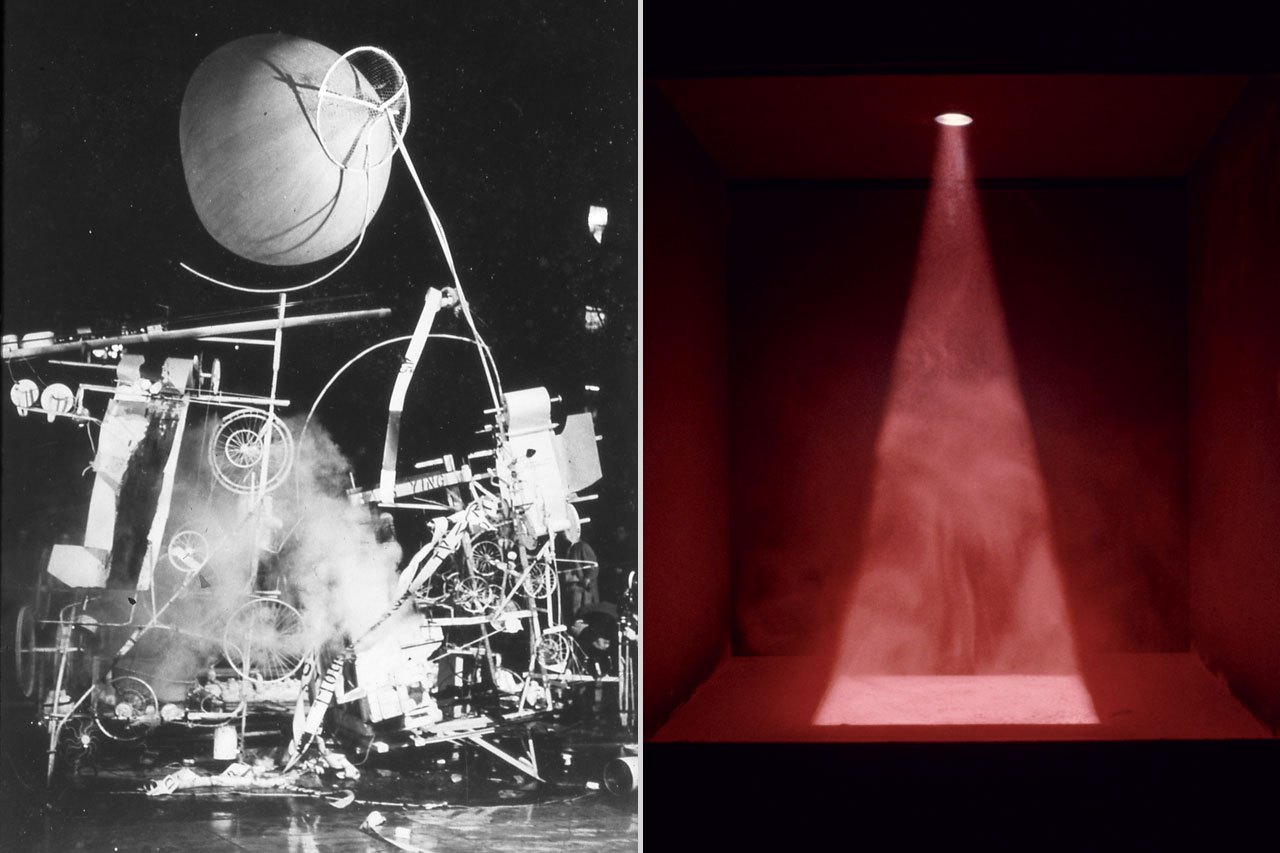Note: nice to discover that a museum has decided to mount a retrospective ("first-ever") about the activities of Expriments in Art and Technologies (E.A.T.), a group composed of avant-garde artists and scientists (R. Rauschenberg, R. Whitman, D. Tudor, B. Klüver, F. Waldhauer) that were behind milestones events such as "Event scores, 9 evening" in New York (mainly scored by R. Roschenberg, but with fellow artists and "scorists" like J. Cage, D. Tudor, R. Whitman, L. Childs, etc.) or later the Pepsi Pavilion in Osaka, with Fujiko Nakaya (fog sculptures). This association helped anchor the association of visionary people and scientific labs (Bell Labs in this case, where people like Frank Malina was also working at the time, or A. Michael Noll too... to name a few). Later influential labs (Menlo Park, Xerox, Media Lab) and of course many recent Swiss initiatives (i.e. Artists in labs or Collide@CERN) are inheritors of this early collaboration.
BTW, we should suggest to Pro Helvetia that they could also run an "architects in labs" so as a "designers in lab", that would be a great initiative!
The exhibition opened last Saturday and will last until November 1, 2015.
Via Domus (thank you David Colombini for the link!)
-----
E.A.T.
The Museum der Moderne Salzburg presents a comprehensive survey of the projects of the evolving association of artists and technologists E.A.T. – Experiments in Art and Technology.

The Museum der Moderne Salzburg mounts the first-ever comprehensive retrospective of the activities of Experiments in Art and Technology (E.A.T.), a unique association of engineers and artists who wrote history in the 1960s and 1970s.
Artists like Robert Rauschenberg (1925–2008) and Robert Whitman (b.1935) teamed up with Billy Kluver (1927–2004), a visionary technologist at Bell Telephone Laboratories, and his colleague Fred Waldhauer (1927–1993) to launch a groundbreaking initiative that would realize works of art in an unprecedented collaborative effort.

Top and above: Experiments in Art and Technology (E.A.T.), Pepsi Pavilion, exterior with fog installation by Fujiko Nakaya and Floats by Robert Breer © J. Paul Getty Trust. Getty Research Institute, Los Angeles (2014.R.20). Photo: Shunk-Kender
Around two hundred works of art and projects ranging from kinetic objects, installations, and performances to films, videos, and photographs as well as drawings and prints exemplify the most important stages of E.A.T.’s evolution.
In light of the rapid technological developments of the period, the group aimed to put an art into practice that would employ cutting-edge technology. Starting in the early 1960s, Kluver collaborated with artists including Jean Tinguely, Andy Warhol, Jasper Johns, and Yvonne Rainer on an individual basis.
Like some artists of the time, he was interested in the social implications of novel technologies and believed that the marriage of art and science had to take place on a practical and physical level. Members of E.A.T. hoped that the meeting between artists and engineers would allow for the production of works that would not have been possible without the special expertise of trained technologists. The engineers would conversely be inspired to think in new directions and help shape the future evolution of technology.

Jean Tinguely, Homage to New York, 1960. Kinetic sculpture (mixed media) and performance. The Museum of Modern Art, New York, NY, US, Sculpture Garden, March 17, 1960 © Estate of David Gahr. Photo: David Gahr. Right: Jean Dupuy, Heart Beats Dust, 1968. Engineer: Ralph Martel Lithol rubine pigment, wood, glass, light, stethoscope, amplifier. Collection FRAC Bourgogne © ADAGP, Paris/Courtesy Galerie Loevenbruck, Paris. Photo: Terry Stevenson
-----
July 25 – November 1, 2015
E.A.T. – Experiments in Art and Technology
Museum der Moderne Salzburg
Mönchsberg 32, Salzburg



